Seward v. State of Washington
JERSEY BARRIER VS. EARTH BERM DIAGRAMS
JERSEY BARRIERS
The “Jersey Barrier” has been used successfully on our highways for more than 60 years. First installed in New Jersey in 1955, the concrete segments were initially only 18 inches tall and consisted of a short wall with curbing on both sides. By 1959, its design had changed to essentially the current state – 32 inches high, with the first two inches rising vertically from the pavement, the next 10 inches rising at a 55° angle, and the remainder at an 84° angle.
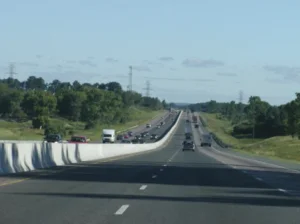
Image of a jersey barrier
General Motors used crash-testing in the early 1970s to further develop the barrier, working with the Texas Transportation Institute at a time when cars were larger. Crash test criteria then shifted from those based on a large passenger sedan, resulting a wider barrier.
In the early 1960s, California began widely using the Jersey Barrier, installing 132 miles by 1972 and 680 miles by 1988. Today, the Jersey Barrier is in use along thousands of miles of highway throughout the country.
The Jersey Barrier has saved hundreds of thousands of lives in redirecting errant cars that would otherwise have crossed through the median and crashed head-on into an oncoming car.
EARTH BERMS
In spite of the Jersey barrier’s success in redirecting cars back onto the roadway, the State of Washington decided to experiment with an alternative. In 1973, a Senior Administrator with the Washington State Highway Commission insisted that aesthetics were important, and he demanded that his staff design an “earth mound treatment which would gracefully divert an errant auto from an object in the median.” An earth berm is merely a slope of compacted dirt.
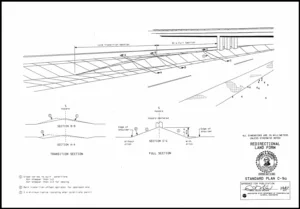
Diagram of an earth berm
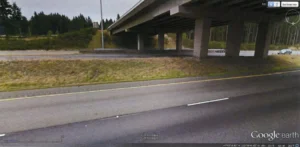
Image of earth berm at site of Seward accident
His memo stated “I believe we have research documents that indicate slopes in excess of 4 to 1 [one foot vertical rise for every four horizontal feet] are negotiable by a high-speed vehicle.” His staff was incredulous because the earth berm, at freeway speeds, would be nothing more than a ramp into an overpass pillar or an oncoming lane. A Highway Department engineer marked up the memo: “Therein lies the fallacy of this idea. If they are negotiable then the hazard is vulnerable.” Nevertheless, earth berms were installed as he had directed.
The earth berm was thereafter tested in Texas and repeatedly failed to redirect a car, instead sending the test vehicle over the top and into what would be a bridge pillar or oncoming traffic. Still, the Washington State Department of Highways continued installing earth berms across the State.
DIAGRAM OF JERSEY BARRIER VS. EARTH BERM
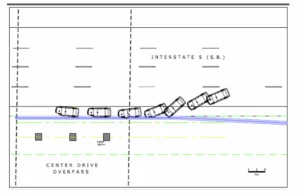
A jersey barrier prevents catastrophic accidents by redirecting cars away from a median
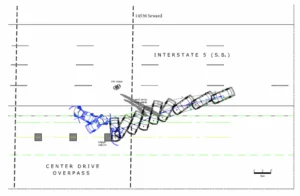
Earth berms fail to redirect cars
